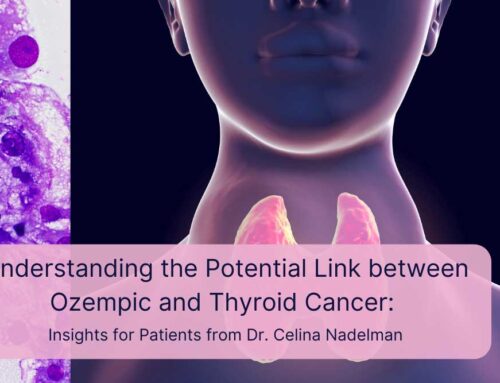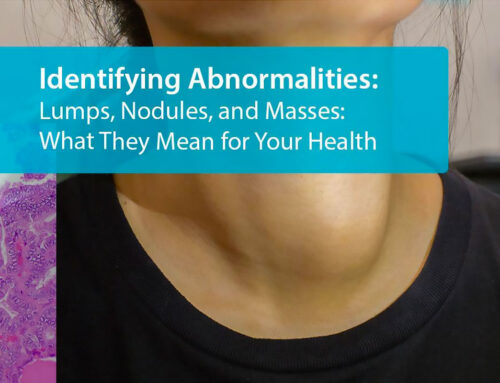A fine needle aspiration (FNA) is considered the first choice when you need a biopsy of a superficial mass, such as a thyroid nodule or a breast lump. Performed by a doctor, preferably a cytopathologist, like Dr. Celina Nadelman, an FNA Specialist in Los Angeles, an FNA gives quick, accurate results. But how, you might be thinking, can the doctor know where the lump is, if you can’t feel it? Enter a technique called ultrasound-guided fine needle aspirations.
What is Ultrasound?
Ultrasound technology uses sound waves humans cannot hear. Like radar, these sound waves bounce off structures in the body. The waves are then transmitted to a computer which creates a digital image of these structures on a screen. Most people are familiar with fetal ultrasounds, which show the unborn baby in the womb. Ultrasounds can show the interior structure of the body in such great detail that they can pinpoint the location of a lump or nodule.
Combining FNA Biopsy with Ultrasound and Its Advantages
As many lumps are not easily felt, ultrasound allows the FNA specialist to “see” where he/she is going during the procedure. It is critically important that the needle be placed in just the right position, that is, into the mass in question. Otherwise, the cells won’t be from the lump. In addition, many lesions, especially thyroid nodules, can be somewhat cystic, or fluid filled. If blindly performing an FNA (that is without imaging guidance) the needle may be just going into the cystic area, which will not give diagnostic results, and then the patient has to return for repeat biopsies. With the help of ultrasound, the FNA specialist can biopsy the solid portion, which is where the cells are in order to make a diagnosis. Therefore, using ultrasound means the biopsy can be very accurate.
FNA Biopsy
Traditionally, having a biopsy meant you needed to cut through the skin in order for the doctor to expose a suspicious mass and cut a piece of tissue for examination under a microscope. Alternatively, now you can have a fine needle aspiration (FNA) (fine needle aspiration) biopsy. After cleansing the skin and marking where to go, the doctor usually applies a local anesthetic. A thin, hollow needle is pushed into the lump, creating a tiny “core” of tissue. It is then it is attached to a syringe and the tissue is expelled onto a slide. Sometimes the syringe is attached, which allows the doctor to aspirate, or suck up, cells and fluid. The slides are smeared and either fixed immediately or air-dried for immediate examination under the microscope by a cytopathologist.
An FNA biopsy is quicker and less traumatic to the patient than a traditional biopsy. It is also less expensive and you can get the results faster. For most patients, this procedure takes less than an hour. There is rarely any bleeding and the tiny puncture is covered by a small band-aid. You can go back to work immediately. In addition, the results can be given to the referring doctor usually within 24 hours.
If you have a suspicious lump or nodule, discuss the possibility of an ultrasound-guided FNA biopsy with your primary care physician. Then give us a call. Dr. Nadelman can perform the test quickly and give you an answer so you know what to do next as soon as possible.




